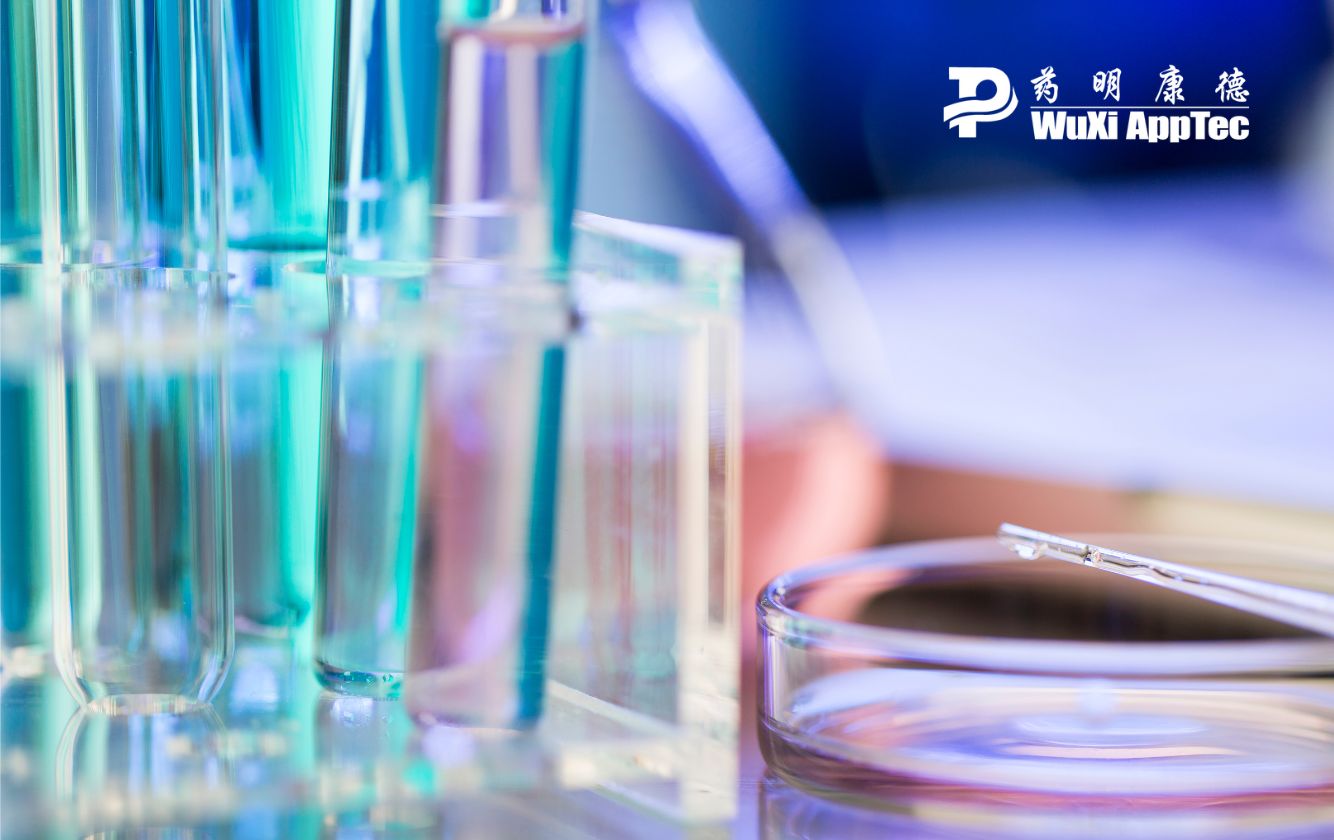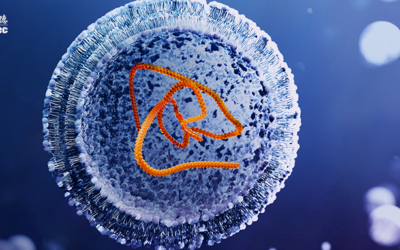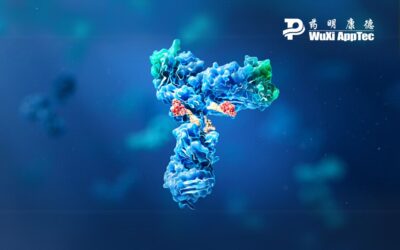Single dose acute toxicity studies are small, relatively inexpensive studies – but critical to the success of your entire drug development program. In this blog post, we share 3 best practices to help you get ready for this important step.
Single dose acute toxicity studies are an important precursor to dose range-finding studies and your pivotal, IND-enabling repeat dose toxicity study. As the foundation of any complete toxicological battery, acute toxicity studies investigate potential toxic effects and establish the maximum tolerated dose (MTD) for further evaluation.
According to the U.S. FDA’s guidance on acute toxicity testing, the drug compound should be administered in one or more doses during a short timeframe not exceeding 24 hours, and animals should be monitored for signs of toxicity over the course of 14 days.
Because these studies are non-GLP (in most cases) – and shorter and cheaper by nature – there’s a misconception that they are easy. But rushing through acute toxicity studies can have costly impacts on your program.
Don’t Rush Into Your Acute Toxicity Study
Running an acute toxicity study is cheaper than a pivotal GLP study. However, it still requires a lot of energy and effort on the part of your study director.
Why?
Anything can happen. This early-stage toxicology study is exploratory. When you run it, you don’t know much about the toxicity of your drug yet. After administering the drug, it’s important to stay on top of the monitoring and take timely actions as toxicity and any secondary pharmaceutical effects are observed.
Unfortunately, many drug developers make the mistake of entering the acute toxicity study too early. Or, they enter the study with a formulation that they haven’t developed pharmacokinetic (PK) parameters for yet and, as a result, encounter unexpected toxicity.
Rushing into your acute toxicity study will lead to higher costs and longer timeline because, more often premature studies do not succeed and need to be reran.
So, how do you know if you’re ready for your acute toxicity study? Follow these three best practices.
3 Best Practices for Acute Toxicity Studies
#1. Finalize Your Formulation
The biggest challenge with acute toxicity testing is less about the study itself and more about the formulation not being ready for testing.
Acute toxicity studies are exploratory and you want to get the most information out of them as possible. For the data to have any applicability for your next set of studies, though, you need to come into the study with a final formulation. This means two things:
- Sufficient stability: The formulation needs minimum stability to cover the usage and storage conditions. For example, if the first dose occurs within four hours of formula preparation, then that formulation will need, at minimum, four-hour, room temperature stability.
- Safety profile for formulation vehicle: Many in vitro assays use a solvent that is insufficient and unsafe for in vivo use. Selecting an appropriate vehicle formulation for in vivo toxicology testing is critical so that any toxicity observed during the study can’t be attributed to the effects induced by vehicle formulation.
#2. Develop PK Profile
An Investigation New Drug (IND) package starts with understanding PK.
With some knowledge on PK, drug metabolism, and other ADME properties, you can select the optimal initial dose for your acute toxicity study.
Going back to the first point: If you make a new formulation before entering into toxicology but don’t run PK again, you might encounter unexpected toxicity. Acute toxicity studies are early-stage tests, but you still need to have as much information as possible to make informed decisions about dosage. It’s essential to have a PK profile for the exact formulation you’re testing.
#3. Support Species Selection with Data
Current PK data also helps you select the right test species for your acute toxicity study.
It’s important to select the right species for your study to ensure it provides meaningful results that can eventually translate to humans. Everything about your selection process should be data-driven – not driven by different versions of your formulation or previous programs.
After running a non-GLP PK study on your final formulation, you should be ready to run a successful acute toxicity study with the right initial dose and testing species.
Final Thoughts on Acute Toxicity Studies
As part of a general toxicology program, single dose acute toxicity testing is used to help define and characterize the intrinsic toxicity of the testing compound. Ultimately, MTD is identified in each testing species.
Information obtained from acute studies, along with dose range finding studies, is used to guide the design and dose selections for subsequent toxicity studies. Consequently, if the acute toxicity study was unsuccessful, you can’t progress your program through the subsequent studies towards your IND deadline.
An acute toxicity study is not just a study to check off the list. It requires a thoughtful, well-planned approach by the entire study team. Meeting your IND timeline is a stressful part of drug development, but that doesn’t mean you should rush into your acute toxicity study. Doing so could make meeting your deadlines even more challenging if things don’t run well.
Need help planning your toxicity studies and managing your timelines? WuXi AppTec’s Safety Assessment team offers fast study starts with a track record of 99% on-time reporting. Contact us to talk to an expert or get a quote to get started right away.
As a global company with operations across Asia, Europe, and North America, WuXi AppTec provides a broad portfolio of R&D and manufacturing services that enable the global pharmaceutical and life sciences industry to advance discoveries and deliver groundbreaking treatments to patients. Through its unique business models, WuXi AppTec’s integrated, end-to-end services include chemistry drug CRDMO (Contract Research, Development and Manufacturing Organization), biology discovery, preclinical testing and clinical research services, helping customers improve the productivity of advancing healthcare products through cost-effective and efficient solutions. WuXi AppTec received an AA ESG rating from MSCI for the fourth consecutive year in 2024 and its open-access platform is enabling around 6,000 customers from over 30 countries to improve the health of those in need – and to realize the vision that “every drug can be made and every disease can be treated.”


